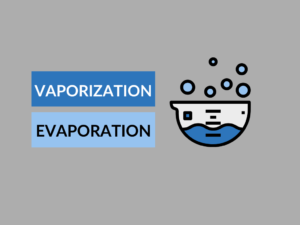High Performance Liquid Chromatography (HPLC) vs. Ultra Performance Liquid Chromatography (UPLC)
Are you curious to learn about the differences between High Performance Liquid Chromatography (HPLC) and Ultra Performance Liquid Chromatography (UPLC)? In this article, we will explore the characteristics, uses, and advantages of both techniques, helping you understand which method may best suit your analytical needs.
What is HPLC?
High Performance Liquid Chromatography (HPLC) is an analytical technique widely used in various scientific fields to separate, identify, and quantify components of a mixture. HPLC utilizes a stationary phase, such as a packed column, and a mobile phase, often a liquid solvent, to separate and analyze different compounds based on their physical and chemical properties.
Uses of HPLC
HPLC has a broad range of applications, including pharmaceutical analysis, environmental monitoring, food and beverage testing, forensic analysis, and more. It is commonly used to analyze drug purity, determine the presence of impurities, identify and quantify compounds in complex mixtures, and assess the quality of consumer products.
What is UPLC?
Ultra Performance Liquid Chromatography (UPLC), also known as high-pressure liquid chromatography, is an advanced version of HPLC that offers improved resolution, sensitivity, and speed. UPLC employs the same basic principles as HPLC but utilizes state-of-the-art technology to enhance performance.
Uses of UPLC
UPLC is especially beneficial in applications that require high-throughput analysis and improved separation efficiency. It is commonly used in pharmaceutical research and development, proteomics, metabolomics, environmental analysis, and other fields where rapid and accurate analysis of complex samples is essential.
Differences between HPLC and UPLC
| Difference Area | HPLC | UPLC |
|---|---|---|
| Particle Size | 5-10 μm | 1.7-2.5 μm |
| Column Pressure | 400-600 bar | Up to 1200 bar |
| Sample Volume | 10-100 μL | 0.1-2 μL |
| Analysis Speed | Slower | Faster |
| Resolution | Lower | Higher |
| Efficiency | Lower | Higher |
| Sensitivity | Lower | Higher |
| Routine Analysis | Commonly used | Advantageous |
| Sample Throughput | Lower | Higher |
| Cost | Lower | Higher |
Conclusion
In summary, HPLC and UPLC are both powerful analytical techniques used for separation and analysis of complex mixtures. While HPLC is widely adopted and more cost-effective, UPLC provides superior resolution, sensitivity, and speed, making it advantageous in applications that demand high throughput and excellent separation efficiency.
Knowledge Check
- Which technique employs a smaller particle size for column packing?
- What is the typical sample volume used in UPLC?
- Which technique offers higher resolution and efficiency?
- Which technique is commonly used for routine analyses?
- Which technique provides better sensitivity?
- Which technique has a higher column pressure limit?
- Which technique is generally slower?
- Which technique is more cost-effective?
- Which technique is commonly used in proteomics and metabolomics?
- Which technique is better for high-throughput analysis?
UPLC
0.1-2 μL
UPLC
HPLC
UPLC
UPLC (up to 1200 bar)
HPLC
HPLC
UPLC
UPLC
Related Topics
Here are some related topics that you may find useful:
- Difference between Reverse Phase and Normal Phase Chromatography
- Difference between Gas Chromatography (GC) and Liquid Chromatography (LC)
- Comparison of Various Column Types in Liquid Chromatography


